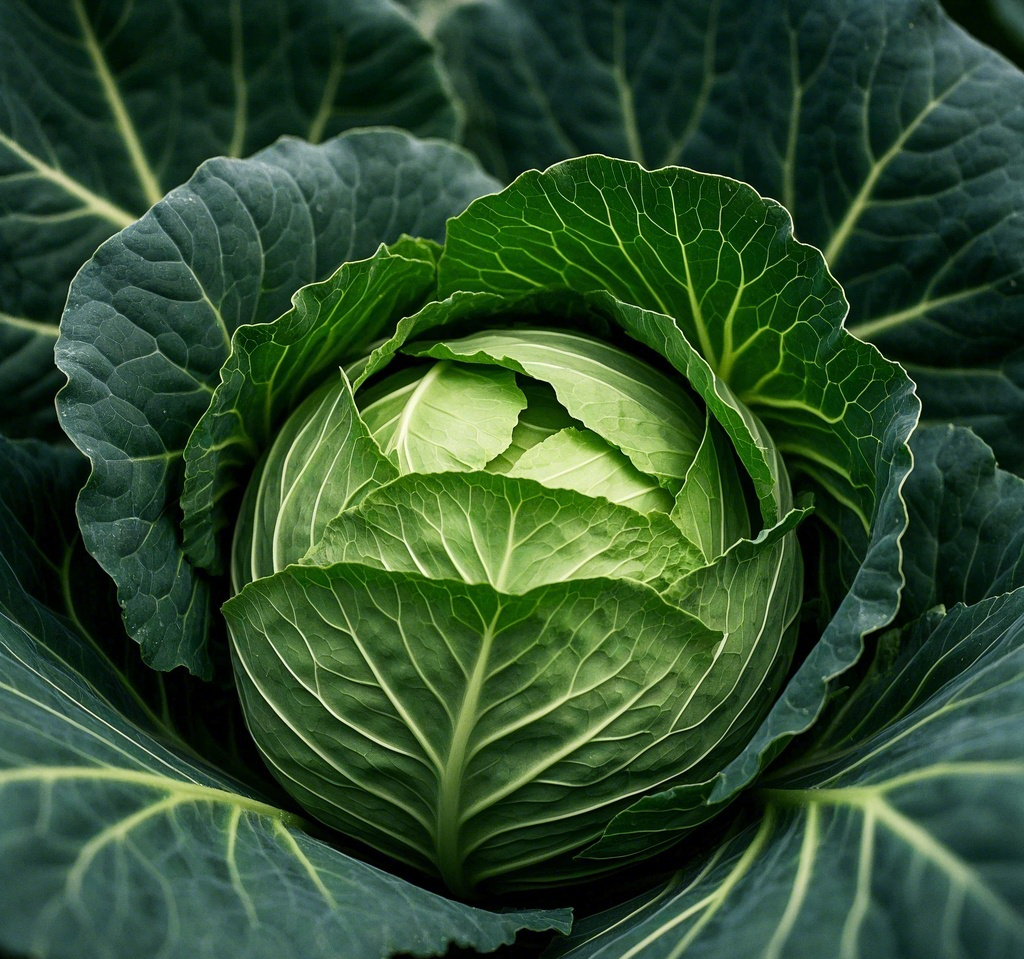Physical Address
304 North Cardinal St.
Dorchester Center, MA 02124
Physical Address
304 North Cardinal St.
Dorchester Center, MA 02124
If you’re a home cook exploring hearty vegetables for soups, stir-fries, or salads, you’ve likely encountered both savoy cabbage and regular cabbage (often called “green cabbage” or “head cabbage”). While they belong to the same Brassica family, these two varieties have distinct qualities that impact their flavor, texture, and culinary uses. Let’s break down the key differences between savoy cabbage and regular cabbage to help you choose the best option for your recipes.

The most obvious difference between savoy cabbage and regular cabbage lies in their appearance.
This structural distinction isn’t just cosmetic—it affects how the cabbage behaves in cooking.
When comparing savoy cabbage vs regular cabbage, texture and taste are game-changers for recipes.
For dishes requiring quick cooking (like stir-fries or wraps), savoy cabbage shines. For fermented dishes like sauerkraut or coleslaw, regular cabbage’s sturdy texture holds up better.
Both cabbages are low-calorie, nutrient-dense choices, but savoy cabbage edges ahead in some areas:
Both varieties provide antioxidants like sulforaphane, linked to anti-inflammatory benefits.
Understanding the difference between savoy cabbage and regular cabbage ensures better results in the kitchen:
While regular cabbage is available year-round, savoy cabbage peaks in late fall and winter, making it a seasonal favorite for holiday meals.
Though less common than its smooth-leaf cousin, savoy cabbage is gaining popularity for its versatility. Its elegant appearance elevates everyday dishes, while its mild flavor appeals to picky eaters. Try substituting it in recipes calling for regular cabbage to add visual interest and a softer bite.
Whether you choose savoy cabbage or regular cabbage depends on your recipe goals. For delicate textures and quick cooking, savoy cabbage is a gourmet upgrade. For crunch, longevity, and traditional dishes, regular cabbage remains a pantry staple. Experiment with both to discover how these leafy greens can transform your meals!